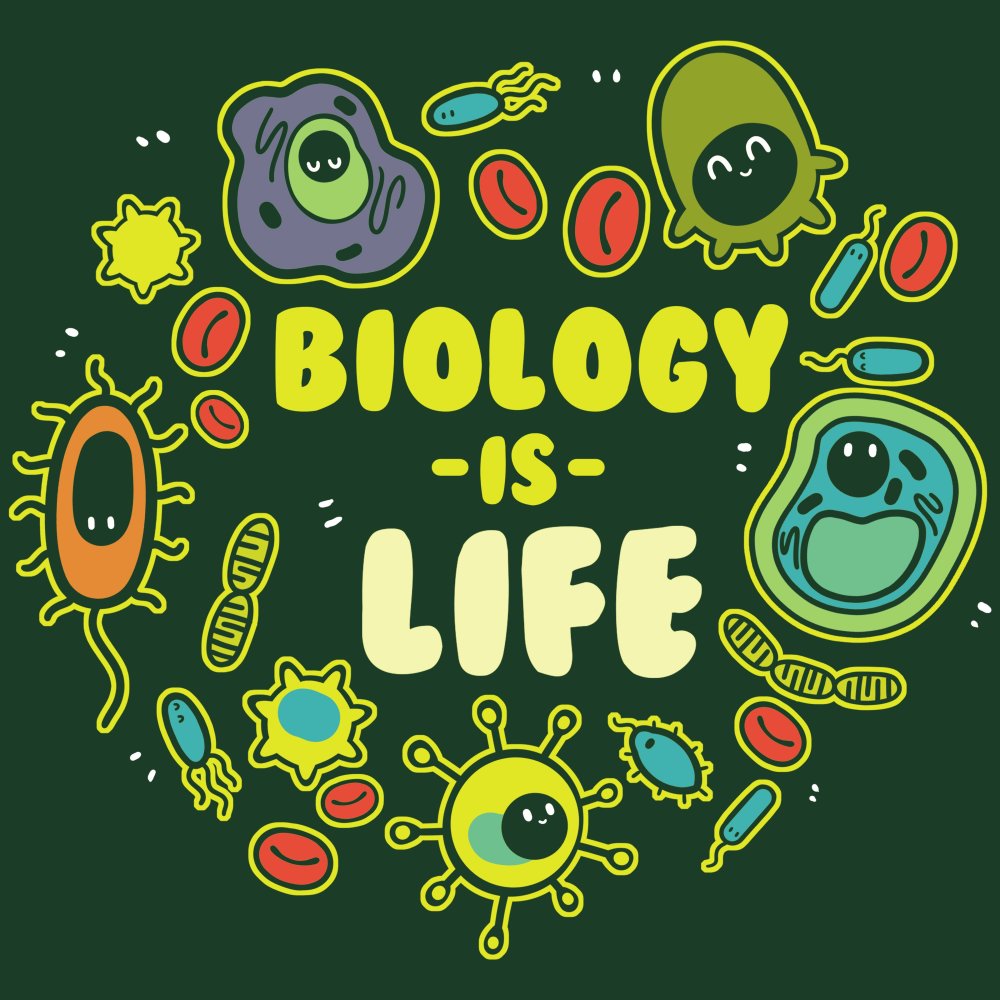
Cooperative learning is a successful teaching strategy in which small teams, each with students of different levels of ability, use a variety of learning activities to improve their understanding of a subject.
The purpose of cooperative learning groups is to make each member a stronger individual in his or her right. Students learn together so that they can subsequently perform higher as individuals. ... The fourth essential element of cooperative learning is teaching students the required interpersonal and small group skills.
The five basic elements of collaborative learning are:

Cooperative Learning helps to: Raise achievement of students. Build positive relationships among students - important for creating a learning community that values diversity. Provide experiences that develop both good learning skills and social skills.

Cooperative learning is an effective way for students to learn and process information quickly with the help of others. The goal of using this strategy is for students to work together to achieve a common goal. It is essential that each student understands their cooperative learning group role.


